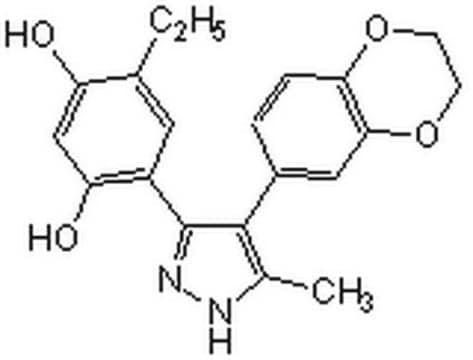ABE484
Anti-LOXL2
from rabbit, purified by affinity chromatography
Synonyme(s) :
Lysyl oxidase homolog 2, EC: 1.4.3.13, Lysyl oxidase-like protein 2, Lysyl oxidase-related protein 2, Lysyl oxidase-related protein WS9-14
About This Item
Produits recommandés
Source biologique
rabbit
Niveau de qualité
Forme d'anticorps
affinity isolated antibody
Type de produit anticorps
primary antibodies
Clone
polyclonal
Produit purifié par
affinity chromatography
Espèces réactives
human
Réactivité de l'espèce (prédite par homologie)
mouse (based on 100% sequence homology), rat (based on 100% sequence homology), bovine (based on 100% sequence homology)
Conditionnement
antibody small pack of 25 μg
Technique(s)
immunohistochemistry: suitable (paraffin)
immunoprecipitation (IP): suitable
western blot: suitable
Numéro d'accès NCBI
Numéro d'accès UniProt
Conditions d'expédition
ambient
Modification post-traductionnelle de la cible
unmodified
Informations sur le gène
human ... LOXL2(4017)
mouse ... Loxl2(94352)
Description générale
Spécificité
Immunogène
Application
Epigenetics & Nuclear Function
Immunohistochemistry Analysis: A 1:1,000 dilution from a representative lot detected LOXL2 in human prostate and human placenta tissues.
Immunoprecipitation Analysis: A representative lot detected LOXL2 in LoxL2 expressing vector (Courtesy Dr Sandra Peiro from the Institut Hospital del Mar d′Investigacions Mèdiques (IMIM) in Barcelona Spain ).
Immunohistochemistry Analysis: A 1:1,000 dilution from a representative lot detected LOXL2 in human prostate and human placenta tissues.
Immunoprecipitation Analysis: A representative lot detected LOXL2 in LoxL2 expressing vector (Courtesy Dr Sandra Peiro from the Institut Hospital del Mar d′Investigacions Mèdiques (IMIM) in Barcelona Spain).
Qualité
Western Blotting Analysis: A 1:500 dilution of this antibody detected LOXL2 in A431 cell lysate.
Description de la cible
Forme physique
Stockage et stabilité
Autres remarques
Clause de non-responsabilité
Not finding the right product?
Try our Outil de sélection de produits.
Code de la classe de stockage
12 - Non Combustible Liquids
Classe de danger pour l'eau (WGK)
WGK 1
Point d'éclair (°F)
Not applicable
Point d'éclair (°C)
Not applicable
Certificats d'analyse (COA)
Recherchez un Certificats d'analyse (COA) en saisissant le numéro de lot du produit. Les numéros de lot figurent sur l'étiquette du produit après les mots "Lot" ou "Batch".
Déjà en possession de ce produit ?
Retrouvez la documentation relative aux produits que vous avez récemment achetés dans la Bibliothèque de documents.
Notre équipe de scientifiques dispose d'une expérience dans tous les secteurs de la recherche, notamment en sciences de la vie, science des matériaux, synthèse chimique, chromatographie, analyse et dans de nombreux autres domaines..
Contacter notre Service technique








